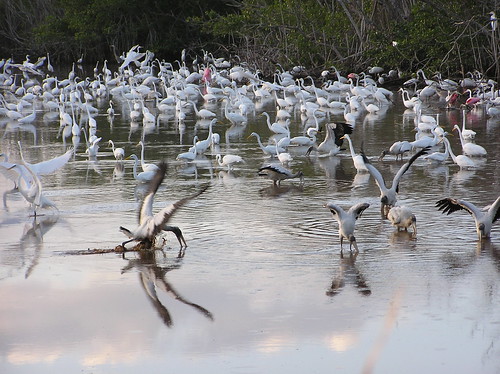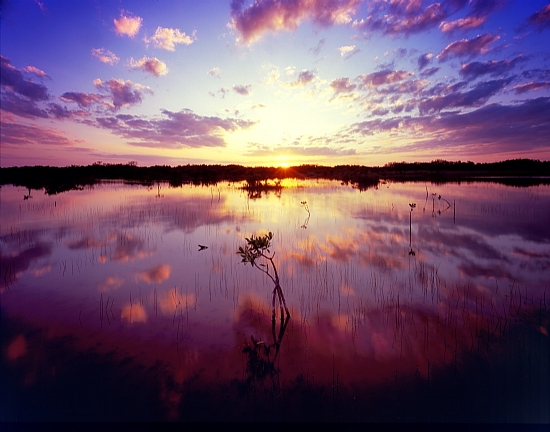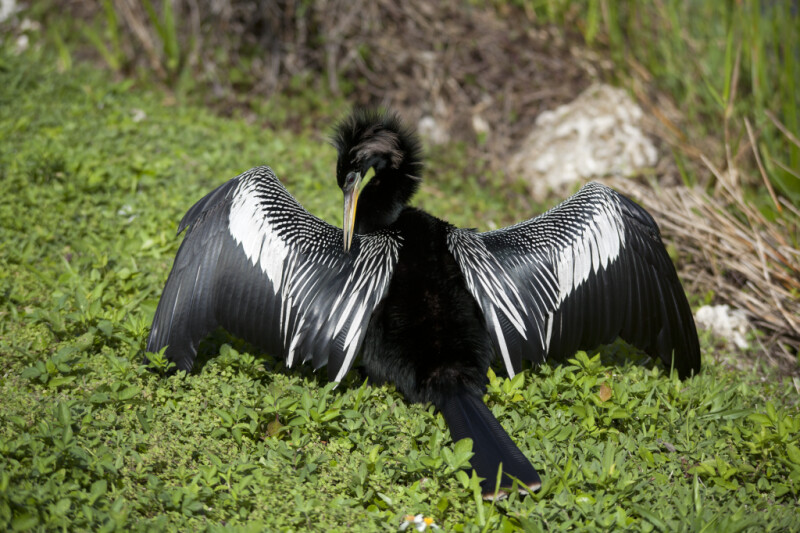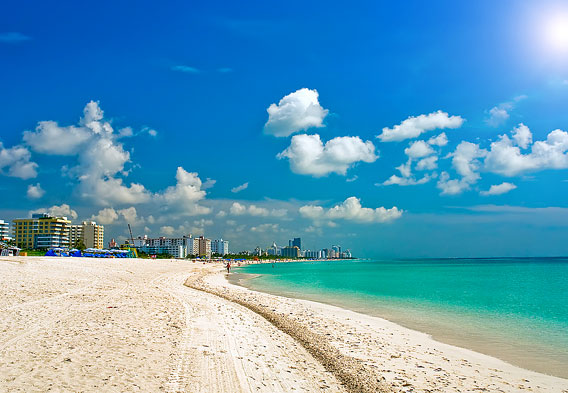1. Southern flying squirrels are the smallest tree squirrels that inhabit the Everglades national Park. They are mostly found among the hardwood and pine trees of the Big Cypress National Preserve. They make their nests in trees such as hickory, oak and walnut and also depend on them for food.
2. The average flying squirrel weighs about 2-4 ounces and is around 9-10 inches in length. They are greyish brown in color with white underbellies. They have black rings around their huge eyes. They also have a furry fold of skin that extends from their front paws all the way to the back. This skin allows the squirrel to glide from one tree to the other.
3. Southern flying squirrels mostly feed on nuts and seeds and are carnivores by nature. They love eating acorns, nuts, seeds, fungi and lichen. They also have been known to prey upon bird eggs, insects and carrion.
4. When nuts and acorns are bountiful, the Southern flying squirrel will collect them and hide them away throughout their home range for another day.
5. They make their nests in the hollows of trees or old woodpecker holes. Sometimes only a single female and her young will occupy a nest, while at others, an entire colony of females and their offspring may also inhabit it.
6. Southern flying squirrels mate twice a year so females can birth two litters per year. Each litter has about 3-4 babies. Baby squirrels are helpless for about 40 days after they are born. They are weaned 5 weeks after birth and are allowed to leave the nest soon after this.
7. Southern flying squirrels are capable of making a variety of sounds, most of which is not audible to human hearing. They make a peculiar sound which sounds like a 'tseep'. This is a call of foreboding, warning or an alarm to other squirrels in the area. They also make chittering and chuckling sounds.
8. Southern flying squirrels are nocturnal in nature and are rarely seen during the day. They are arboreal and spend most of their time atop trees. They use their tails as rudders as they glide from tree to tree.
9. Unlike most other animals, the female Southern flying squirrel tends to be more territorial than the male. They are seen actively defending their nesting areas from other squirrels and predators. The habitat of some males tend to overlap, in which case they will co-inhabit the area in question.
10. Southern flying squirrels do no hibernate but are known to nest together in groups to keep warm.

Orignal From: Ten Interesting Facts about the Southern Flying Squirrel of the Everglades





















.jpg)
